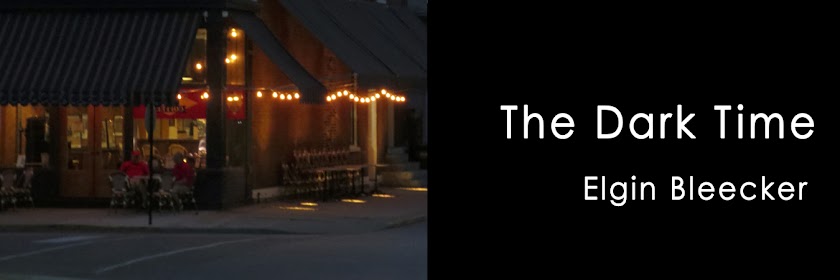It could be I needed an antidote to all the sugary sweet, made-for-TV Christmas movies flooding cable right now that got me thinking about a tough, cynical, black and white film set during the holiday season.
The picture is Billy Wilder’s 1960 film, “The Apartment,” in which he stages an office Christmas party the cast of “Mad Men” only wish they could have attended, as well as the most depressing Christmas Eve, and the worst Christmas gift scene.
Did I mention this is a pretty cynical movie?

Set in December in a gloomy Manhattan, Bud Baxter, one of 30,000 employees of a giant insurance company, garners favor with executives of the firm by letting them use his bachelor pad as a love nest for their extra-marital affairs.
Not the usual stuff of a Christmas movie. But Wilder (1906-2002) was not the usual Hollywood director.
He fled the Nazis in the mid-1930s and went to Los Angeles where he scripted dark comedies and humorous dramas. He became one of the first of the Hollywood hyphenates, a writer-director, and from the early 1940s through the 1970s, alternated between comedy and drama. In 1959, he co-wrote and directed just about the best comedy ever, “Some Like It Hot,” starring Marilyn Monroe, Tony Curtis and Jack Lemmon. The following year, he teamed with Lemmon again for this dark, dark drama that also has a good deal of biting humor thanks to a script by Wilder and co-writer I.A.L. Diamond.
In “The Apartment,” Lemmon plays the shy, mousey Baxter who can never say no to the middle managers, until the day Sheldrake, the manager of managers, asks for the use of the apartment and Baxter recognizes a new path to promotion.
SPOLIERS AHEAD, so if you have not seen the picture, you may want to skip down to the last photo.
But the girl Sheldrake is taking to his apartment is Fran, someone Bud likes but has been too shy to ask out.
On Christmas Eve, Bud gets stinko in a neighborhood bar, while Sheldrake and Fran are up at his place. It is in the apartment that Sheldrake gives her the worst gift.
After she gives him a thoughtful present, Sheldrake, the married man who has been stringing her along with false promises, says it would be too awkward for him to go shopping for her. So he flips open his wallet and hands her some cash. Feeling like a whore, she starts to mechanically undress.
Did I mention Wilder turned out some dark pictures?
Sheldrake is played by Fred MacMurray, the All-American dad of TV and Disney films. Here, he reteamed with Wilder 16 years after playing the sneaky, conniving and murderous Walter Neff in the director’s great film noir, “Double Indemnity,” based on the James M. Cain novel.
Fran is played by Shirley MacLaine, who was doing some very good work at that time in some very good pictures like this one and 1958’s “Some Came Running.”
Wilder’s resolution for “The Apartment” is not quite a happy ending, but I won’t spoil that moment.
“The Apartment” was nominated for 10 Academy Awards.
It won five Oscars for best picture of the year, best director, best screenplay, best art direction, and best editing.
It really is a terrific film – but probably not the best choice for viewing at Christmas time.
And P.S. – Not all the made for TV Christmas movies are terrible, a few are not bad, and some pack quite a surprise with their casting. One in particular, “Thomas Kinkade’s Christmas Cottage,” is worth seeing just for Peter O’Toole’s performance. Yes, that Peter O’Toole.
(For more posts on movies and TV, check out Todd Mason’s
blog.)






